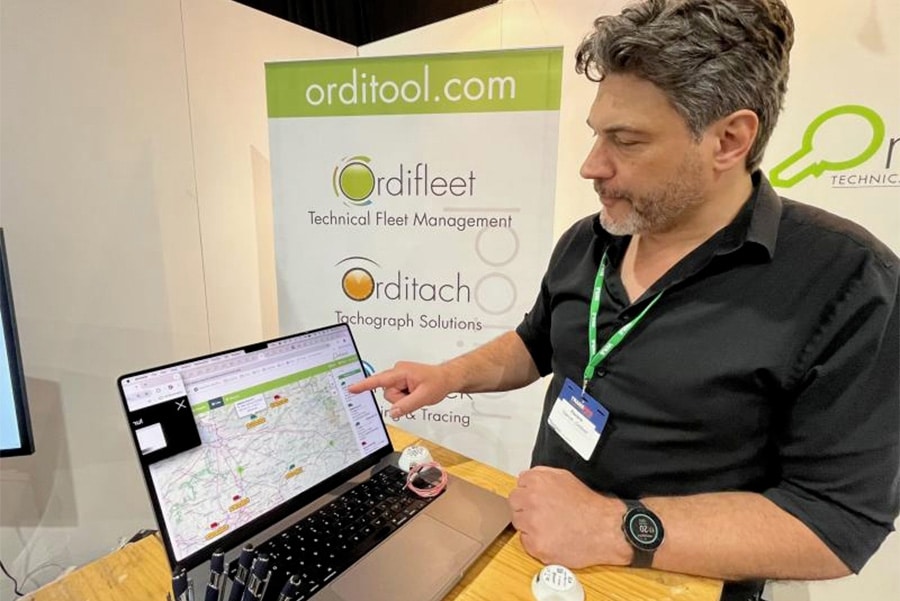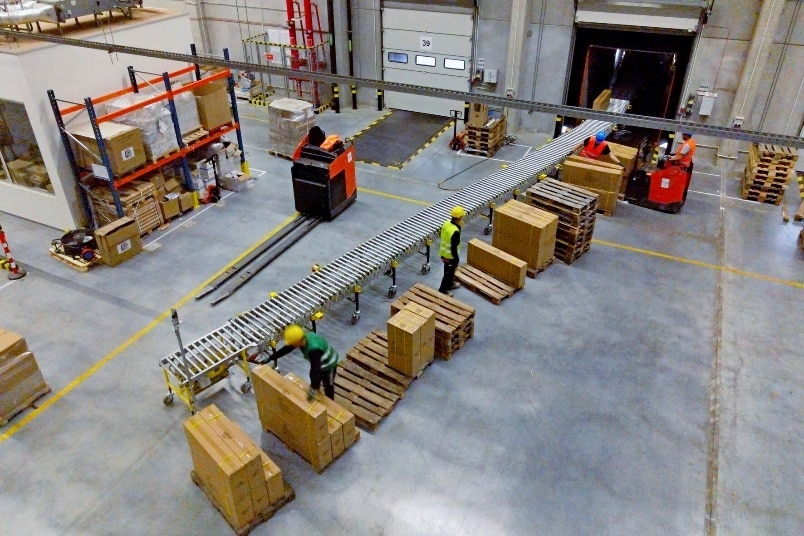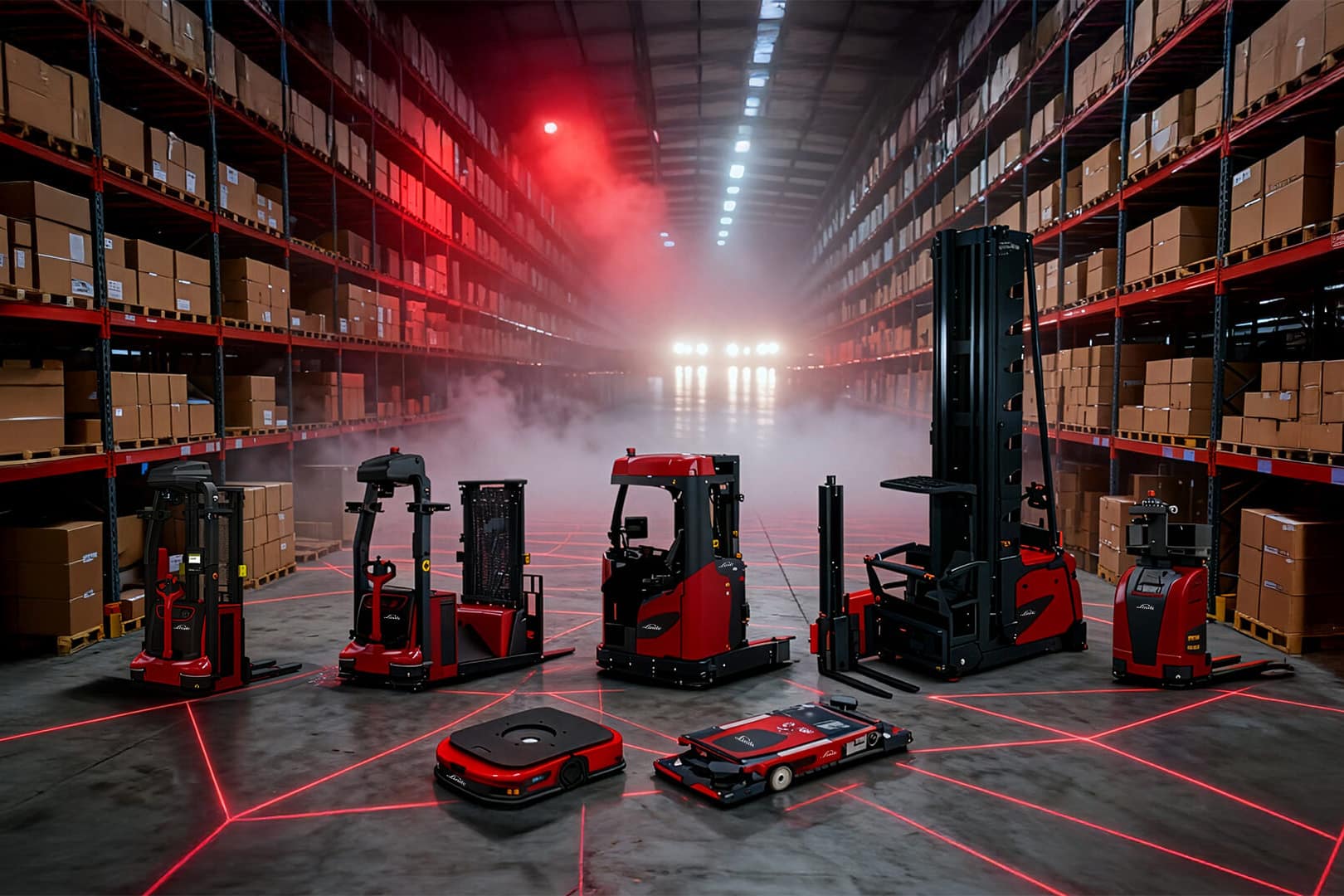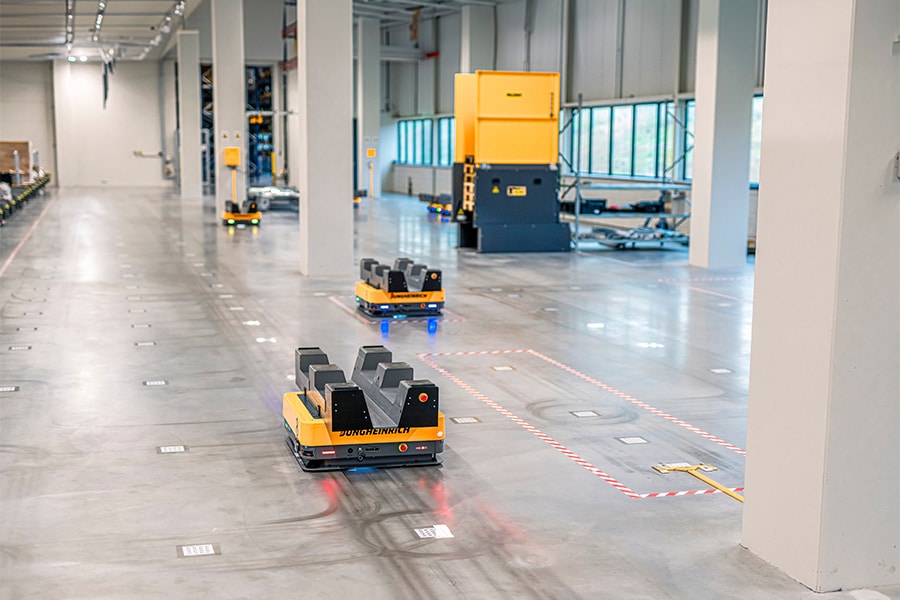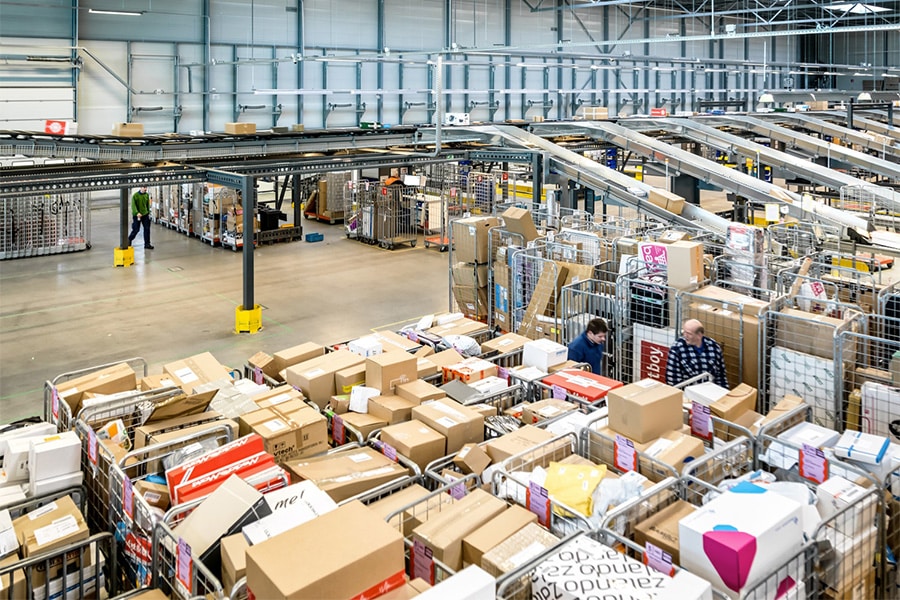
'Retail needs to better predict consumer behavior'
The Dutch retail landscape is changing rapidly. E-commerce developments play a key role in this. Speed, convenience and experience are more important than ever for consumers. Retailers must respond to this. "Knowing what your customer wants is essential. Communication and logistics must be in order and seamless," states Cor Molenaar, who has been researching retail developments for decades. "Also, retailers are misunderstanding the role of AI."
That a large group of retailers is struggling does not surprise Molenaar at all. In February 2025, the number of bankruptcies rose again. "E-commerce plays an important role in this, but is not even the most important distinguishing factor between success and disappearance. What matters is that, as a retailer, you know what your customer wants. This is followed by a number of other steps. Automation and AI are playing an increasing role."

Last-mile
The rise of e-commerce was accompanied by elements that many retailers had difficulty responding to. Miller: "People wanted products bought online to arrive home quickly. That is logistically challenging, but a good last-mile solution offers a solution. That said, you have to make a small purchase, say a jar of jam, profitable. Is there a revenue model for that? For an Internet company that sells books, the situation is different. That delivery can best wait a day. If it is something special or urgency is required, then people are also willing to pay a little more for delivery."

Role of automation within logistics
E-commerce companies that have their logistics in good order have an edge, Molenaar argues. "Bol keeps stock very well, also for partners. PostNL is more or less integrated with Bol and drives away when the car is full." But anyone who wants to be successful must have more than just logistics in order. The role of automation is increasing rapidly, even in distribution centers. "Albert Heijn has automated many things, knows the stock per store. There is also a seamless integration between the logistics provider that delivers and the service provider that distributes to the store."
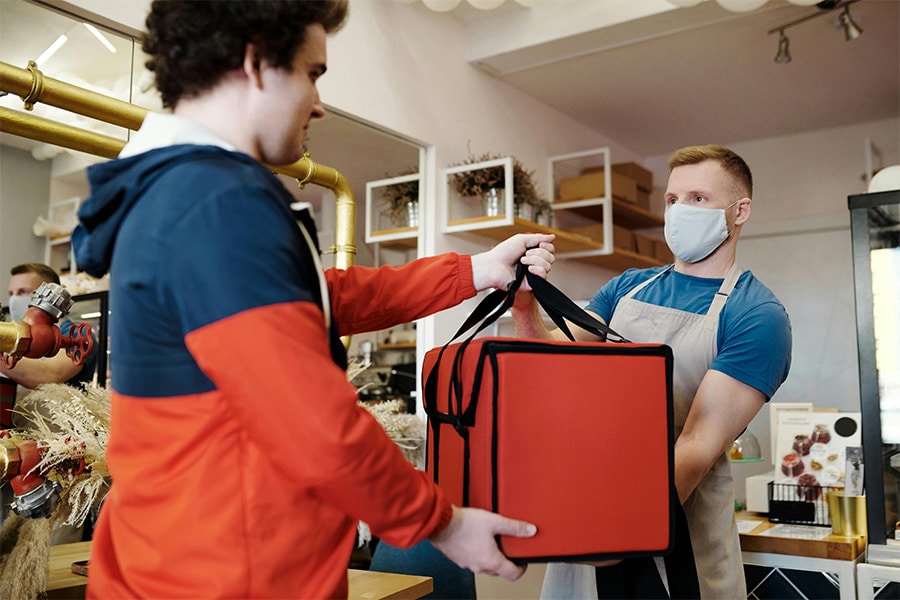
'Misunderstanding AI capabilities'
The automation Molenaar himself says is only the beginning of the current journey in e-commerce land. "Many retailers misunderstand the possibilities of AI. They know ChatGPT, but that works at most as a kind of intelligence tool. The possibilities of AI go much further for retailers, especially for parties who deploy this technology within the supply chain. Logistics can be automated much more than it is now. With good connections between manufacturers, stores and logistics providers, AI can more accurately predict consumer behavior. Now that happens too often too late in the chain." He sees JDE Peets and Amazon taking these steps. "Amazon largely knows in advance what is needed, can estimate sales. It's a huge advantage when you know eighty, ninety percent for sure what someone is going to order."

Efficient deployment of local DCs
The capabilities of AI also make the deployment of local distribution centers more efficient, Molenaar argues. "The interaction between DCs can be improved that way," he says. He also sees a greater need for local warehouses, especially as cities ban trucks from city centers. "That's something you already see in aviation with a hub-and-spoke system. Then in city centers you can deliver goods electrically. I do expect municipalities to further limit the number of parties allowed to deliver packages in centers. Too much fragmentation now leads to inconvenience and thus irritation for municipalities and consumers."
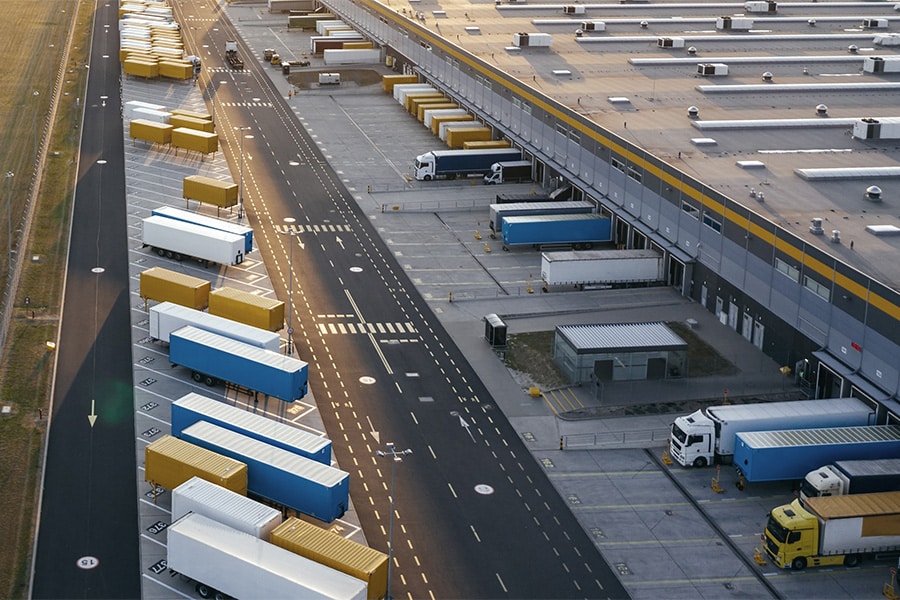
'You don't sell something, a customer buys something from you'
So the use of AI offers opportunities, according to Molenaar. Yet those are there even without very smart tech. "As a retailer, you absolutely have to capture what consumers have bought. You don't sell something, but a customer buys something from you. The Beijenkorf does this very well. It communicates based on what someone wants, personally and specifically. AH, Bol, Coolblue and Picnic also understand this. That does not alter the fact that even as a smaller party you can make choices, choices that bind your staff to you. That can also still lead to a favorability factor among customers."
